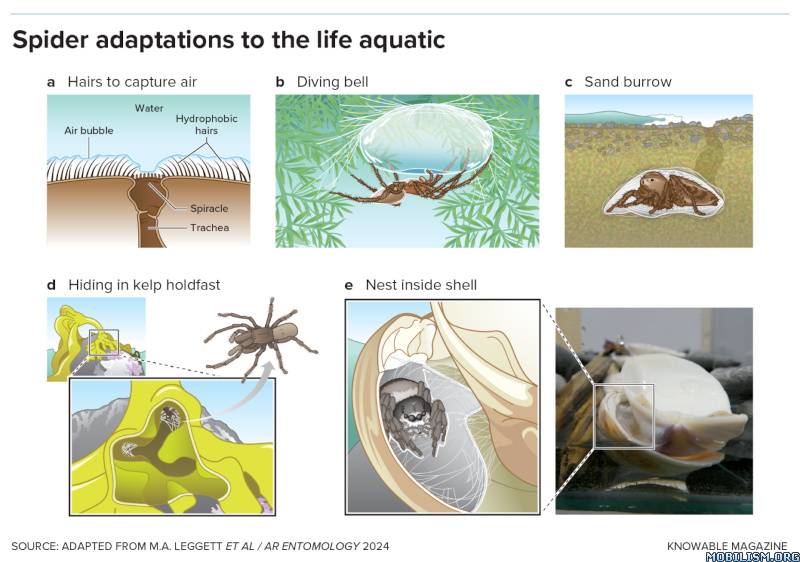Indigenous artist Archie Moore first Australian to win top prize at Venice Biennale
Indigenous artist Archie Moore hand-chalked his vast family history for the 60th Venice Biennale, only to make history himself and become the first Australian to snare a coveted Golden Lion award.
The biggest event in the world arts calendar, the biennale is held over seven months and comprises a curated main exhibition and a cluster of shows hosted by 87 countries in dedicated pavilions. Two Golden Lion awards are presented at each event.

The full scale of Moore’s “kith and kin” on the ceiling and interior walls of the Australian Pavilion at the Venice Biennale
Moore inscribed in chalk 65,000 years of his genealogical history on the dark walls and ceiling of the Australian Pavilion for his installation kith and kin, which judges said stood out for its “strong aesthetic, its lyricism and its invocation of a shared loss of an occluded past”.
“With his inventory of thousands of names, Moore also offers a glimmer of the possibility of recovery,” the jury said.
Moore won his Golden Lion for best national participation. The four Maori women artists of Mataaho Collective took out a second Lion for best main exhibition.
Prime Minister Anthony Albanese said Australia had been participating in the biennale since 1954 and it was the first time the country had won.
“What an incredible tribute to the oldest living culture in the world, at the oldest art exhibition in the world,” he posted on Instagram.
Moore is only the second solo First Nations artist to stage a work at the biennale, regarded by some as the Olympics of international art. The 60th iteration runs until November 24.
“As the water flows through the canals of Venice to the lagoon, then to the Adriatic Sea, it then travels to the oceans and to the rest of the world – enveloping the continent of Australia – connecting us all here on Earth,” Moore said in accepting the prestigious award overnight in Venice.
“Aboriginal kinship systems include all living things from the environment in a larger network of interrelatedness. The land itself can be a mentor or a parent or a child. We are all one and share a responsibility of care to all living things now and into the future.

The artwork includes hundreds of stacks of documents suspended over a reflection pool
“I’m very grateful for this accolade: it makes me feel honoured to be rewarded for the hard work one does. I’m grateful to everyone who has always been part of my journey from my kith to my kin to my Creative Australia team and everyone else back home and those of the Venice Lagoon.”
Moore’s reimagined genealogical chart, sprawling over 60 metres, was intensively researched for the biennale.
A reflection pool has been built in the pavilion’s centre, over which more than 500 document stacks have been suspended.
These contain mainly the findings of coronial inquests into the deaths of Indigenous Australians in police custody dated in Moore’s lifetime.
Arts Minister Tony Burke congratulated the artist on his “well-deserved recognition” and said it justified the building of Australia’s new pavilion in 2013 to mark the country’s cultural ambitions.
“Archie’s work kith and kin shows the power of Australian art and storytelling going right back to the first sunrise,” Burke said.
“Australian stories help us understand ourselves, know more about each other, and let the world get to know us. That’s exactly what this artwork does.”
The biennale opened as the Israeli artist Ruth Patir and curators of the Israeli pavilion kept their doors shut, saying they would only open their exhibition when a ceasefire and hostage release agreement had been reached.
Moore’s origin story, commissioned by Creative Australia and curated by Ellie Buttrose, contrasts strongly with Australia’s 2022 entry by Melbourne musician and noise-making artist Marco Fusinato, who performed live daily with stacked amps, discordant guitar riffs and a large LED screen.
Indigenous artist Archie Moore hand-chalked his vast family history for the 60th Venice Biennale, only to make history himself and become the first Australian to snare a coveted Golden Lion award.
The biggest event in the world arts calendar, the biennale is held over seven months and comprises a curated main exhibition and a cluster of shows hosted by 87 countries in dedicated pavilions. Two Golden Lion awards are presented at each event.

The full scale of Moore’s “kith and kin” on the ceiling and interior walls of the Australian Pavilion at the Venice Biennale
Moore inscribed in chalk 65,000 years of his genealogical history on the dark walls and ceiling of the Australian Pavilion for his installation kith and kin, which judges said stood out for its “strong aesthetic, its lyricism and its invocation of a shared loss of an occluded past”.
“With his inventory of thousands of names, Moore also offers a glimmer of the possibility of recovery,” the jury said.
Moore won his Golden Lion for best national participation. The four Maori women artists of Mataaho Collective took out a second Lion for best main exhibition.
Prime Minister Anthony Albanese said Australia had been participating in the biennale since 1954 and it was the first time the country had won.
“What an incredible tribute to the oldest living culture in the world, at the oldest art exhibition in the world,” he posted on Instagram.
Moore is only the second solo First Nations artist to stage a work at the biennale, regarded by some as the Olympics of international art. The 60th iteration runs until November 24.
“As the water flows through the canals of Venice to the lagoon, then to the Adriatic Sea, it then travels to the oceans and to the rest of the world – enveloping the continent of Australia – connecting us all here on Earth,” Moore said in accepting the prestigious award overnight in Venice.
“Aboriginal kinship systems include all living things from the environment in a larger network of interrelatedness. The land itself can be a mentor or a parent or a child. We are all one and share a responsibility of care to all living things now and into the future.

The artwork includes hundreds of stacks of documents suspended over a reflection pool
“I’m very grateful for this accolade: it makes me feel honoured to be rewarded for the hard work one does. I’m grateful to everyone who has always been part of my journey from my kith to my kin to my Creative Australia team and everyone else back home and those of the Venice Lagoon.”
Moore’s reimagined genealogical chart, sprawling over 60 metres, was intensively researched for the biennale.
A reflection pool has been built in the pavilion’s centre, over which more than 500 document stacks have been suspended.
These contain mainly the findings of coronial inquests into the deaths of Indigenous Australians in police custody dated in Moore’s lifetime.
Arts Minister Tony Burke congratulated the artist on his “well-deserved recognition” and said it justified the building of Australia’s new pavilion in 2013 to mark the country’s cultural ambitions.
“Archie’s work kith and kin shows the power of Australian art and storytelling going right back to the first sunrise,” Burke said.
“Australian stories help us understand ourselves, know more about each other, and let the world get to know us. That’s exactly what this artwork does.”
The biennale opened as the Israeli artist Ruth Patir and curators of the Israeli pavilion kept their doors shut, saying they would only open their exhibition when a ceasefire and hostage release agreement had been reached.
Moore’s origin story, commissioned by Creative Australia and curated by Ellie Buttrose, contrasts strongly with Australia’s 2022 entry by Melbourne musician and noise-making artist Marco Fusinato, who performed live daily with stacked amps, discordant guitar riffs and a large LED screen.





































